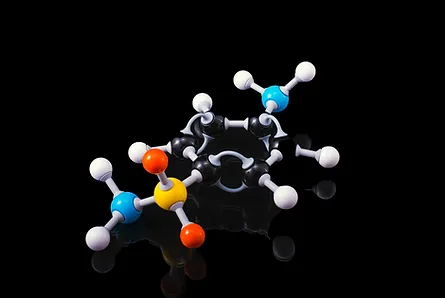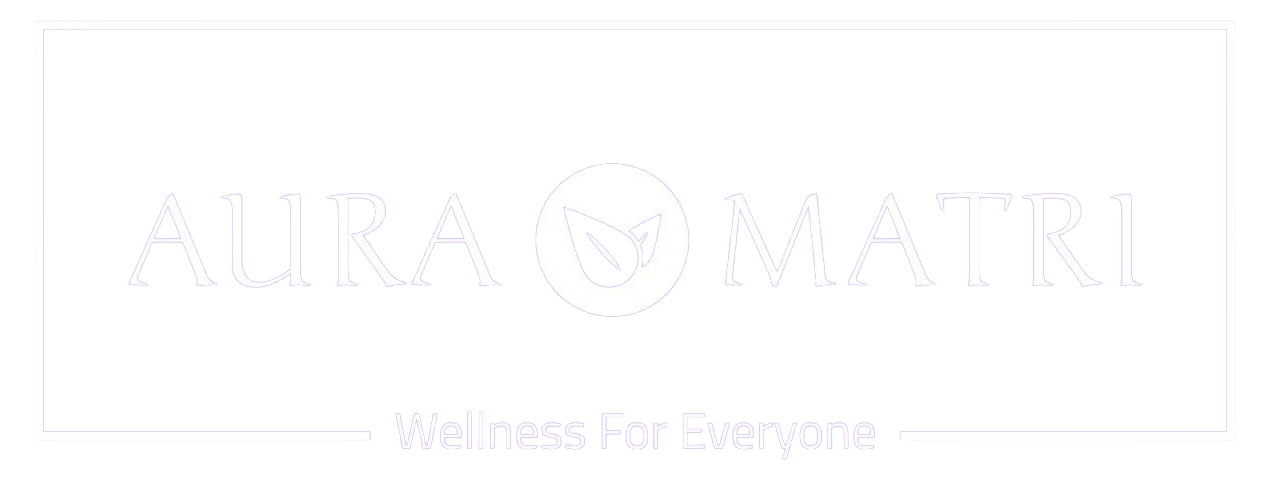Hello, dear readers!
In our journey to explore the wonders of nature, one substance that deserves our attention is Shilajit. Often referred to as “the destroyer of weakness” in Ayurveda, Shilajit is a natural resin formed in the rocky landscapes of high-altitude mountain ranges, particularly the Himalayas. Today, let’s delve into the depths of Shilajit and unravel the secrets it holds for our well-being.
Understanding Shilajit
Shilajit is a sticky, tar-like substance that oozes from the rocks as a result of the decomposition of plant matter over centuries. Rich in minerals, vitamins, and fulvic acid, this natural resin has been a staple in Ayurvedic medicine for its potential health benefits. The name “Shilajit” itself translates to “the conqueror of mountains” in Sanskrit, highlighting its robust nature.

A Natural Wonder from the Himalayas
Shilajit, also known as salajit, shilajatu, mimie, or mummiyo, emerges as a blackish-brown powder or exudate from high mountain rocks, predominantly in the Himalayas. With a rich history rooted in Ayurvedic medicine, Shilajit has been celebrated as a rejuvenator and anti-aging compound. Its health benefits vary depending on the region of extraction, adding a fascinating layer to its story.
Origins of Shilajit: Nature’s Phytocomplex
The unique composition of Shilajit is attributed to the decomposition of plant material from various species, including Euphorbia royleana and Trifolium repens. This gradual process, occurring over centuries, results in a phytocomplex considered a millenary gift of nature. Recent studies have expanded the list of potential plant organisms capable of generating Shilajit, emphasizing its diverse origins.

Molecular Composition: Fulvic Acid and More
Shilajit’s primary components include humic substances, with fulvic acid stealing the spotlight, constituting 60% to 80% of the total nutraceutical compound. Rich in oligoelements, including selenium, Shilajit’s molecular composition also features eldagic acid, fatty acids, resins, latex, gums, and various beneficial compounds. Fulvic acid, in particular, stands out for its strong antioxidant actions.
Traditional Uses: A Rasayana in Ayurveda
Embedded in Ayurvedic medicine, Shilajit serves as a rasayana, offering health benefits such as increased longevity and anti-aging effects. Traditionally consumed in Nepal and North India, Shilajit has been associated with cognitive improvements and enhanced cognitive activity. Its diverse traditional uses range from genitourinary disorders to digestive issues and beyond.
Novel Investigations: Shilajit’s Potential Unveiled
Recent preclinical investigations have shed light on Shilajit’s potential applications, including antiulcerogenic, antioxidant, antidiabetic, and anti-inflammatory properties. Cognitive enhancements, neuroprotection against cognitive disorders, and potential as an anti-Alzheimer’s agent have also been explored. However, systematic documentation and well-established clinical trials in humans are still needed to fully understand Shilajit’s actions.
How Does Shilajit Work on Muscles?
Energy Balancer: Shilajit is believed to act as an energy balancer, thanks to its rich nutrient and mineral content. This may contribute to increased stamina, making it an ideal supplement for athletes and those leading an active lifestyle.
Muscle Repair: The antioxidants and natural compounds in Shilajit may support the repair of muscle tissues. This could potentially alleviate muscle soreness post-exercise, promoting quicker recovery.

Enhanced Endurance: Regular consumption of Shilajit might contribute to improved muscle endurance. This, in turn, can positively impact both sports performance and daily activities requiring physical resilience.
Patenting and Potential Risks
Several patents in India and Nepal protect Shilajit’s various formulations. However, concerns about impurities, including mycotoxins and heavy metals, emphasize the importance of using purified preparations for human consumption. The potential risks associated with unprocessed Shilajit highlight the need for rigorous quality control.
Commentary and Discussion: A Global Perspective
While Shilajit has long been an integral part of Eastern culture and medicine, it is crucial to break cultural paradigms and introduce it to the broader world through meticulous research. Shilajit’s potential impact, especially in neurological sciences, calls for global collaboration in investigations at the molecular and cellular levels.

In conclusion, Shilajit stands as a potent and safe dietary supplement, with its medical application potentially extending to cognitive health and Alzheimer’s prevention. As a nutraceutical product, Shilajit’s journey into the medical field requires continued basic biological research and well-developed clinical trials to unravel its mechanisms of action at molecular and cellular levels.
Here’s to the untapped potential of Shilajit from the heart of the Himalayas!
Best regards, AURA MATRI




